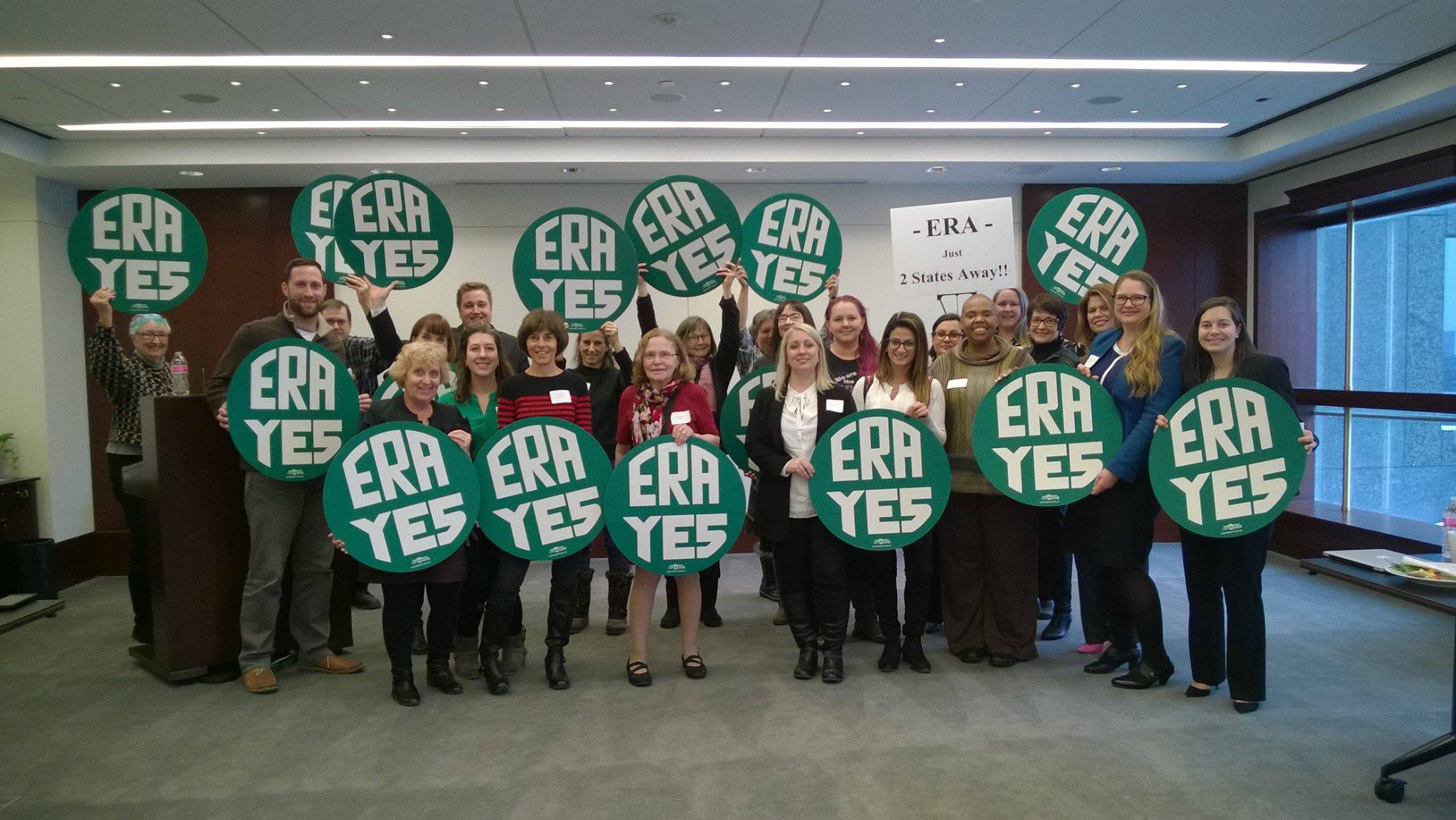Equal Rights Amendment
Equal Rights Amendment
Winston & Strawn is a proud and active supporter of the Equal Rights Amendment and the modern effort to make it part of the U.S. Constitution.
Our involvement began in 2017, as the firm joined the revived campaign for ratification in Illinois. We hosted events, coordinated activists, published legal research, led webinars, submitted witness slips, and testified at a legislative hearing. After the state’s historic ratification in 2018, we joined the national ERA Coalition as a Lead Organization—the first law firm to do so.
Partner Linda Coberly is Chair of the Coalition’s Legal Task Force, a group of constitutional scholars working toward ratification. We were part of the effort to secure ratification in Virginia and remain actively engaged in support of ratification campaigns in North Carolina and elsewhere.


Linda Coberly
Winston & Strawn Partner and Chair of the ERA Coalition’s Legal Task Force
Progression of the Equal Rights Amendment
Congress approved the ERA in 1972—with broad, bipartisan support—and sent it to the state for ratification. State legislatures raced to be the first to ratify. By the late 1970s, 35 states had ratified—three short of the 38 required for a constitutional amendment. That is where things stood for more than 40 years, until a new push for equality led Nevada to ratify the amendment in 2017. Illinois ratified in 2018, followed by Virginia in early 2020. Now that three-quarters of the states have ratified, all attention is on the time limit contained in Congress’s 1972 joint resolution—a time limit that is subject to challenge both legislatively and in court. In 2020, and again in 2021, the House of Representatives voted to remove the time limit altogether, and a similar bill is pending in the Senate, with bipartisan sponsorship. At the same time, the Attorneys Generals of Illinois and Nevada have sued to compel the national Archivist to publish the amendment, arguing that under the plain language of Article V, a time limit in a joint resolution of Congress cannot possibly be effective to stand in the way of an amendment that has been ratified by three-quarters of the states. Winston & Strawn has prepared amicus briefs in support of that position, on behalf of the ERA Coalition and dozens of other organizations in the women’s movement.
ERA Publications & Online Resources
- ERA FAQs
- Amicus Curiae Brief of the ERA Coalition and Advocates for Equality and Women’s Rights in Support of Reversal
- “Ideas for New Amendments to the Constitution,” The New York Times, August 14, 2021.
- Editorial, The Atlantic, February 15, 2020.
- “Why the time has finally come to ratify Equal Rights Amendment,” The Hill, February 11, 2020.
- “Congress Can and Should Take Action on the ERA,” ACS Expert Forum Blog, February 11, 2020.
- “Can the Equal Rights Amendment be Revived?” We the People Podcast, February 7, 2020.
- “Ratifying the Equal Rights Amendment Would Help All Kinds of Americans Including Men,” Los Angeles Times, November 27, 2019.
- “Why hasn’t the Equal Rights Amendment been ratified?” Politico, August 26, 2019
- ERA Coalition Memorandum to Members of the U.S. House Judiciary Subcommittee on the Constitution, Civil Rights, and Civil Liberties, April 30, 2019.
- “The Journey Toward the Equal Rights Amendment Began Decades Ago, but Activists Say the Finish Line Is in Sight,” CNN, March 8, 2019.
- “Do American Women Still Need an Equal Rights Amendment?”The New York Times, February 16, 2019.
- “Advocates Reignite the Fight for an Equal Rights Amendment,” November 6, 2018.
- “The ERA Is Back,” Slate, April 23, 2018.
- Editorial, The New York Times, April 19, 2018.
- Editorial, The Chicago Tribune, April 13, 2018.
- “Linda Coberly: Why I support the Equal Rights Amendment,” Women’s Bar Association of Illinois, April 2018.
- “The Time Is Now for the Equal Rights Amendment,” Forbes, March 7, 2018.
- The Proposed Equal Rights Amendment: Contemporary Ratification Issues, Congressional Research Service, July 2017.
- “The Equal Rights Amendment: Why the ERA Remains Legally Viable and Properly Before the States,” Allison Held et al., William & Mary Journal of Women and the Law, Spring 1997.
Greg McConnell Discusses the Future and Implementation of the Equal Rights Amendment with Fast Company
